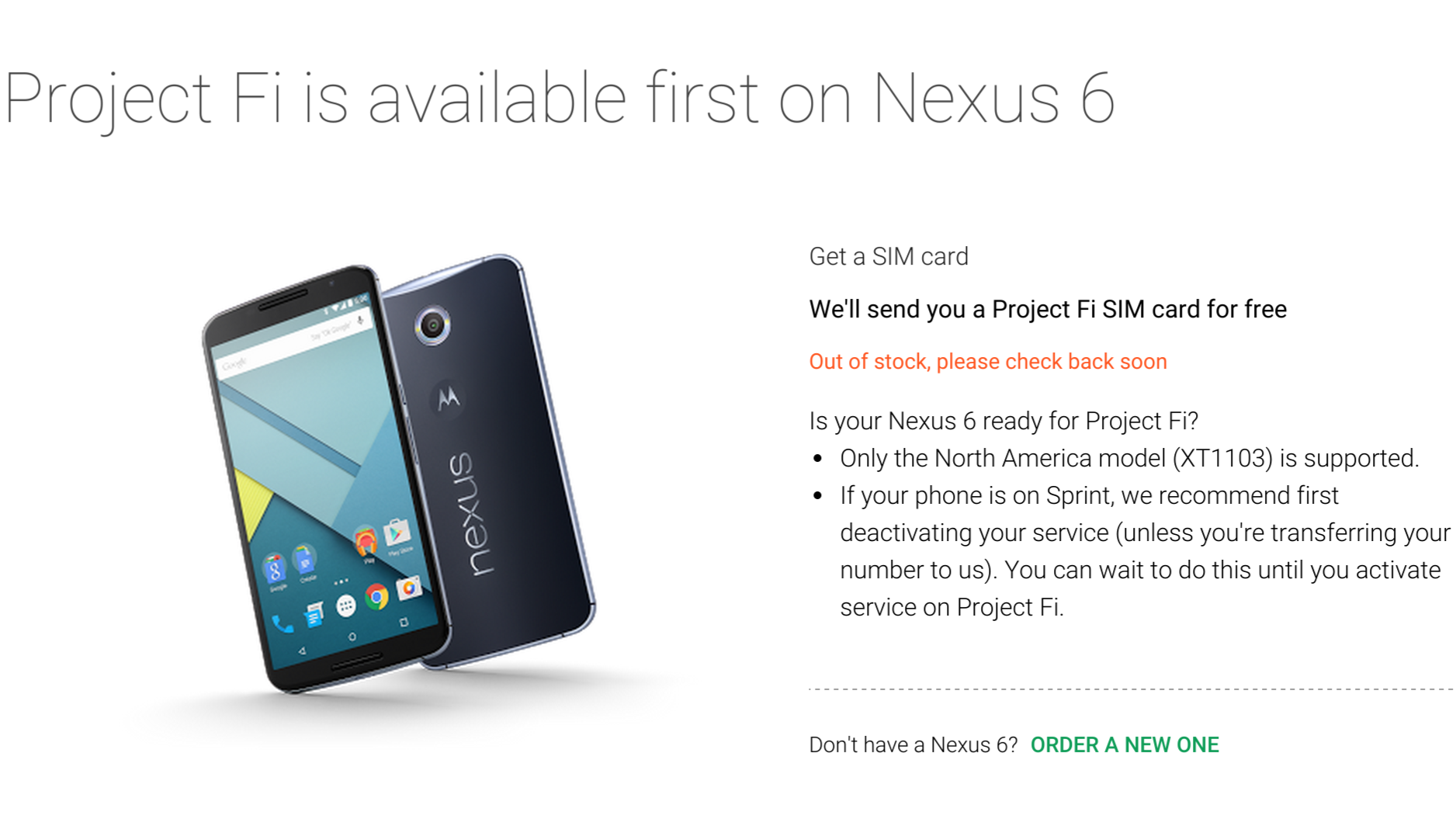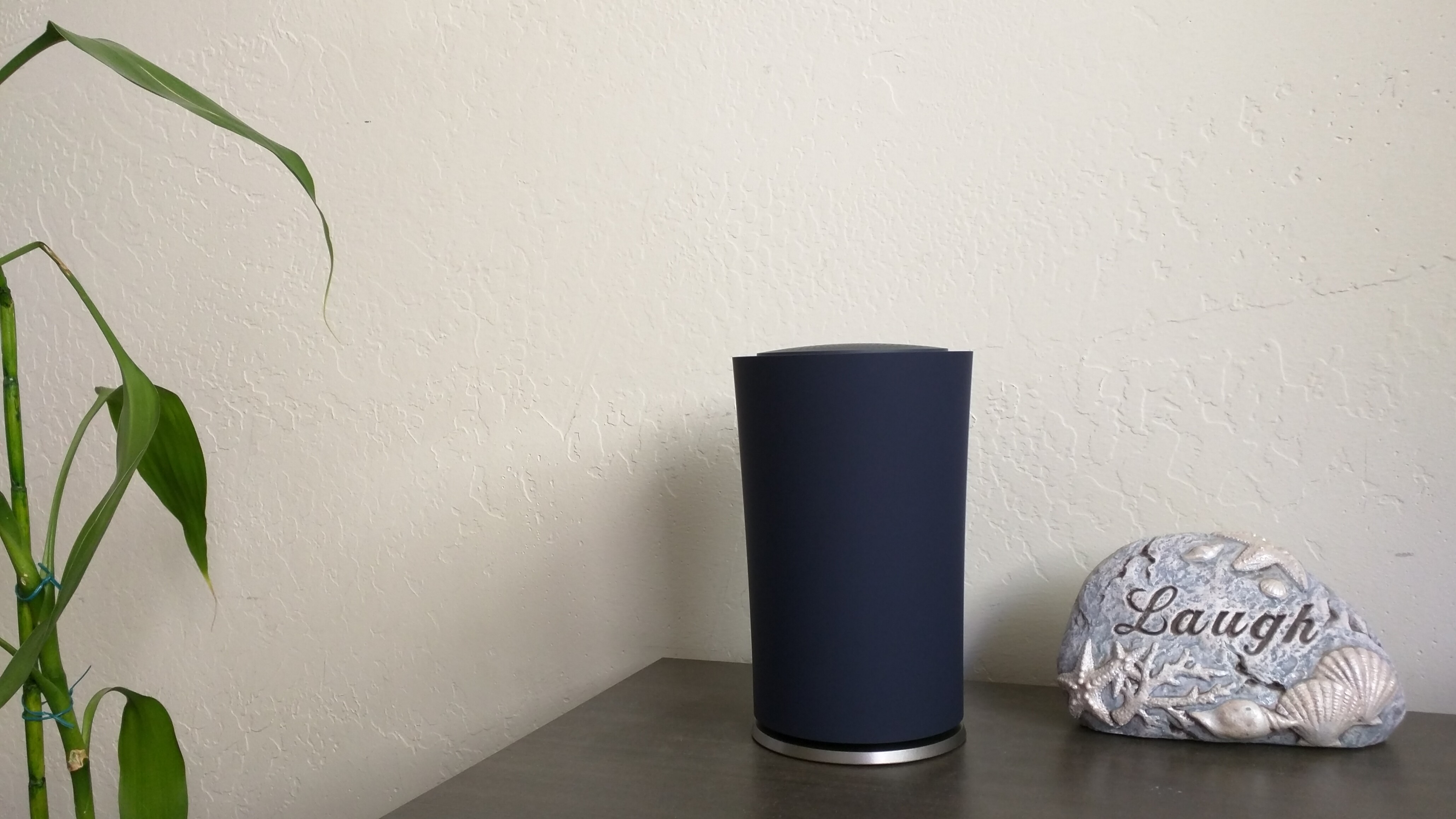Today’s selection popped up in my social feeds as “Hot on Google+”, and I couldn’t resist. Sergio Miranda shot self-titled “Getting Prepared for the Concert…” on Sept. 5, 2015, using Canon EOS 30D and 70-200mm […]


Today’s selection popped up in my social feeds as “Hot on Google+”, and I couldn’t resist. Sergio Miranda shot self-titled “Getting Prepared for the Concert…” on Sept. 5, 2015, using Canon EOS 30D and 70-200mm […]

Last week, I sold my 2015 MacBook Pro to a New Yorker vacationing in San DIego and returned to using Chromebook Pixel LS, which I wouldn’t have guessed when buying the Apple laptop in June. From Day 1 the MBP felt slower in every way. I expected the Mac to be a creative enhancer, as had been my experience going back to my first in December 1998. The computer proved to be an impediment instead.
What’s missing in subtle but cumulative ways: Quality. The computer looks the same but doesn’t feel the same. My reaction to Apple Watch, which I also sold, is similar. Something is missing. There’s a glitchiness that is hard to characterize that is pervasive. Time is wasted, and creative flow is disrupted.

The simple, distinctive style of Megan Tedrow takes the Day as much for what it is not as much as what it is. She captures something I can’t identify that raps my attention. She shot […]

In my last post, I joke about the other five people who bought bought Nexus 6 to make a broader point. Apple laps up positive PR—and rubs Android’s nose in stinky sidewalk dog poop—by touting rapid iOS 9 adoption. Based solely on devices accessing the iTunes App Store, the number is 52 percent as of September 19. By the same measure, as of September 7, from Google Play: 20 percent of Androids run the newest version, Lollipop. iOS 9 released last week, and Android 5 arrived last year. Ouch!
Google shouldn’t let the comparison stop there. The company should release Lollipop adoption data selectively, for stock Android devices like Nexus 6. That makes the comparisons to iOS more equal, being devices for which both companies control updates. Apples to, ah, Apple comparison is more appropriate and it’s smart public relations management.

As September 29th approaches, and Google’s annual autumn launch event, rumors increase in frequency, and a few in absurdity, about what will be revealed. The gadget-obsessed shouldn’t forget what else might arrive with one, or even two, rumored new Nexus smartphones: Expanded support for Project Fi. I am surprised how little buzz there is among the fan base. Where are the rumor-wagging tongues?
The search and information giant introduced the invite-only cellular service in April 2015, piggybacking Sprint and T-Mobile networks for a cool $20 a month, plus 10 bucks more for each gigabyte of data (refunding for portion unused). The gotcha: Project Fi only supports one device: Nexus 6. You buy one or you bring your own. Otherwise it’s fee-Fi-fo-dumb for you.

Color and composition take the Day and brilliant blue sky as canvas. Nicolas Raymond shot “Vibrant Hot Air Balloons” on Aug. 17, 2013, using Canon EOS 5D Mark II and E F24-105mm f/4L IS USM lens. Vitals: […]

One word: Fantastic! That should be enough said, but one of my colleagues asked me how much OnHub costs. He bristled at $199.99, calling it too much. So, okay, let’s do a real review that explains the magic that Google and partner TP-LINK accomplish with this remarkable router. But I warn you now: Buying one, even for two C notes, isn’t easy. This thing is out of stock most everywhere, as it has been for weeks.
Simply stated: OnHub is the best router ever to anchor my home network. Beauty, simplicity, availability, and extensibility are OnHub’s defining characteristics. Sold in blue or black enclosures, the thing is gorgeous, and it feels as solid as it looks. Setup and maintenance are frightening for their ease. The usable wireless range far exceeds the Apple AirPort Extreme router that OnHub replaces in my home. The network device packs protocols and other features you won’t need now but will want later on.

The ‘last from the series”, Anshum Mandore says, “and my favorite one at that. Especially love the abundance of raindrops in this picture, the expression on her face and the toning that i have been […]

Professor Anjan Chatterjee is chair of neurology for Pennsylvania Hospital, in Philadelphia. Author of The Aesthetic Brain, “his clinical practice focuses on patients with cognitive disorders”, according to the official bio. “His research addresses questions about spatial […]

Friday night I texted my wife: “It’s like dying and going to Hell”. That’s where I was two hours into the ordeal of recovering my nearly 94 year-old father-in-law’s iPhone 5s. There’s a 30-minute comedy show script in the experience somewhere. Not that I laughed living through it.
The drama—eh, comedy of errors—started innocently enough. Anne returned from taking her dad to Fish Friday lunch at McDonald’s. He loves the sale price filet sandwich, with two apple pies and decaf. (I wouldn’t eat the desserts, which here in San DIego are now deep fried rather than baked. Change happened a couple months back.) She reported he couldn’t use the phone: Password problem. Around 5:30 p.m., I set off to fix him up.

By including the crowd, and making it primary point of focus, Eser Aygün gives great perspective for the light show, which also appeals for color. He shot self-titled “Fireworks” on Jan. 1, 2015—Happy (belated) New […]

On Sept. 16, 2015, Apple released iOS 9, which enables users of iPad and iPhone to disable ads. The company claims the capability improves the overall user experience. As someone covering the tech industry for more than two decades, I perceive it as something else, too: Competitive assault against Google and means of pushing publishers to iOS 9’s new News app. There is nothing friendly about Apple’s maneuver. It is aggressive and tactical. But does it really matter?
Stated simply: More than 90 percent of Google revenue comes from contextual and search-related advertising. Apple derives about the same figure from selling devices and supporting services. At the same time, mobile is the future of Internet advertising and the battleground where the two meet. The entities’ respective mobile platforms, Android and iOS, long ago put the tech titans on a collision course. Conceptually, what Apple can’t gain from iPad and iPhone sales, it can take by shaking pillars supporting its rival’s business.